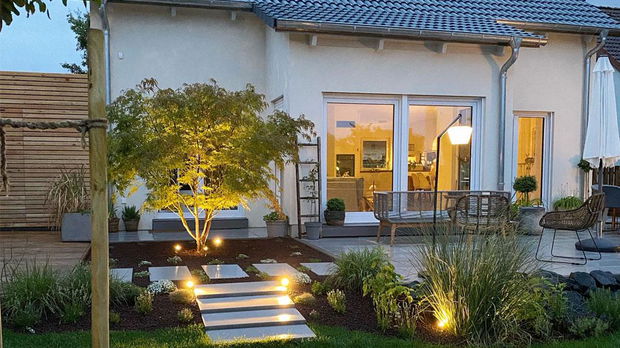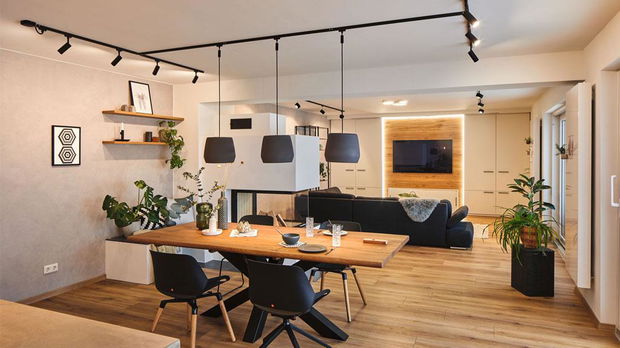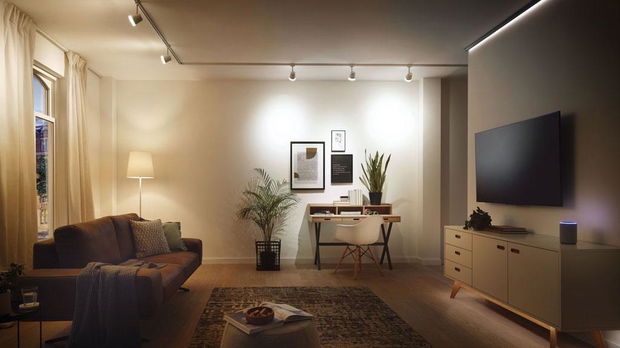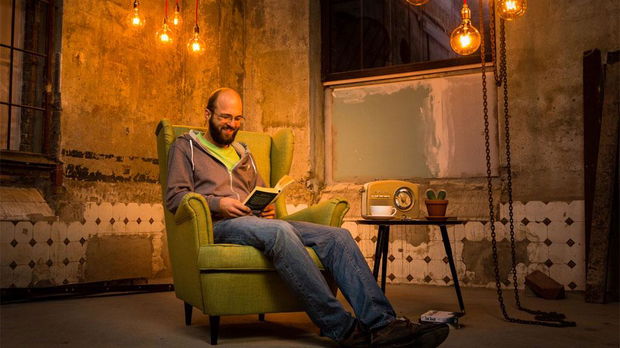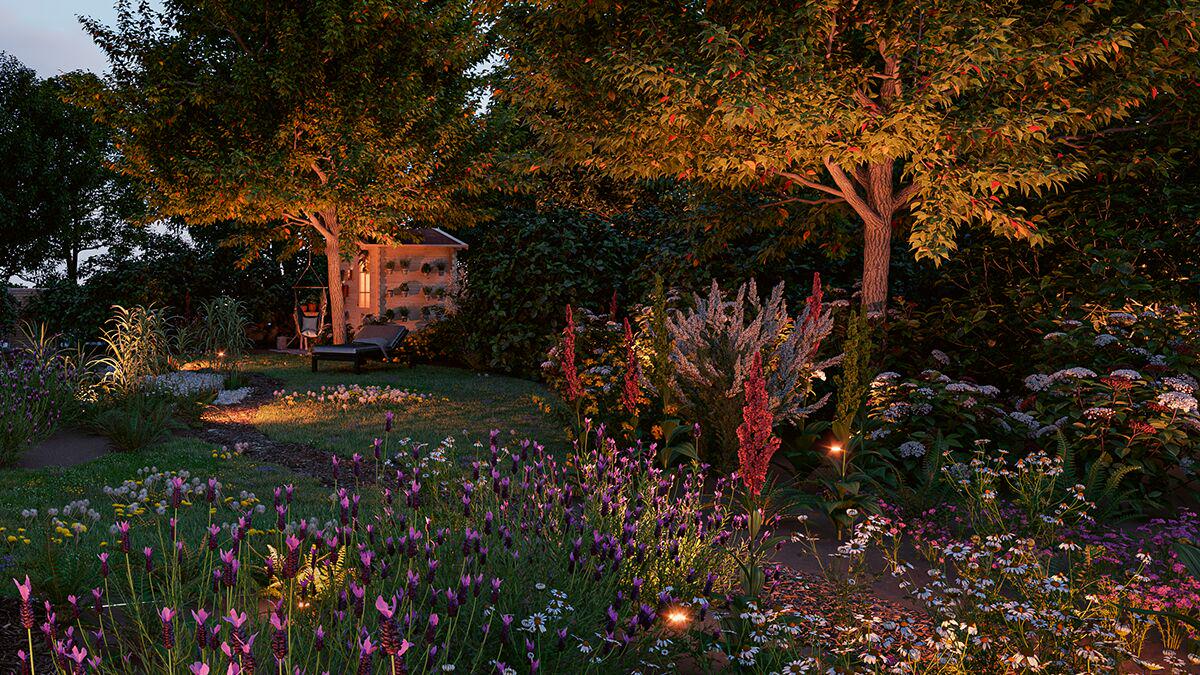Lighting should not cause insects and other animals to lose orientation or interfere with their ability to find food. Without insects, our lovely trees and flower beds would no longer be pollinated.
What can you do to make your garden insect and animal-friendly and still have lighting? One solution lies in choosing the right light colour.
1. Which light colour is insect-friendly?
Nocturnal insects are attracted to light with a high blue ratio. They basically confuse that light with the light of the moon, which they rely on for orientation. We call that ‘cold light’. Neutral white light ranges between 3,300 and 5,300 Kelvin, while daylight white light is above 5,300 Kelvin. The colder the light, the more attractive a luminaire becomes for insects. They fly aimlessly around the luminaire, become disoriented and are no longer able to forage for food.
2. What about directing the light?
We like to highlight the things that fill us with pride in our gardens: perfectly pruned shrubbery, majestic trees, our most prized flowerbeds. It is, however, important to direct the light correctly to ensure we protect our garden’s fauna.
3. How do I use lighting responsibly?
Many animals and insects are nocturnal, meaning they move under the cover of darkness. When we illuminate our gardens until late at night, we make it impossible for these creatures to search for food, which impacts their natural life. That is why it is important to only light up areas we are actually using: You don’t need light in the front garden, while you are having a barbecue on the patio.
While some areas require light for orientation, in others it creates an atmospheric ambience. When you do need light in such areas, be sure to think about surfaces that do not reflect light unnecessarily. Dimmable luminaires are great for adjusting brightness and create a wonderful ambiance, while reducing the impact on animal life. Have a look at our Light Lexicon for more information about dimming.
- Information on the effects of light pollution on nocturnal animals from the German Electrical and Electronic Manufacturers' Association (ZVEI)
- Three studies by WSL (Swiss Federal Institute for Forest, Snow and Landscape Research) and EKZ (electricity company for the canton of Zurich)
2017: Insects like dim light
2019: Warm light attracts fewer insects
‘The evaluation showed that amber-coloured light attracts significantly fewer insects than light with a colour temperature of 3000 to 4000 Kelvin.’
2021: Influence of light colour and luminaire shape in dark locations
Study period: Mid-June 2021 to the end of August 2024, each year in summer
- Star Park UNESCO Rhön Biosphere Reserve + Dark Sky Section of the Association of Star Friends: Recommendations for reducing light pollution
Private lighting: ‘Only warm white light with colour temperatures below 3000 K, preferably 2200 - 2700 K, may be used.’
- The attraction of modern lighting to nocturnal insects Results of a field study in Tyrol
Mag. Dr. Peter Huemer, Mag. Hannes Kühtreiber, Mag. Dr. Gerhard Tarmann; Innsbruck, December 2010
- Study on the attraction of nocturnal insects to street lighting, including LEDs
Gerhard Eisenbeis and Klaus Eick: Nature and Landscape 86, 2011, p. 298

